Advertisement
You've probably used ChatGPT to ask a question or get help with homework. Maybe you've even asked it to write a funny story or explain a scientific fact. But here's the thing—most people only scratch the surface of what ChatGPT can actually do. There are tools inside this chatbot that can help you organize your life, learn faster, and save tons of time… and yet, most users don’t even know they exist. If you’re only using it to ask, "What's the capital of France," you're missing out.
Let’s check out 5 super helpful ChatGPT features that more people should be using every day—but usually don’t.
Sometimes, ChatGPT gives answers that feel a bit too robotic or formal. That’s because it doesn’t know what you like or how you like to talk—unless you tell it. That’s where Custom Instructions come in.
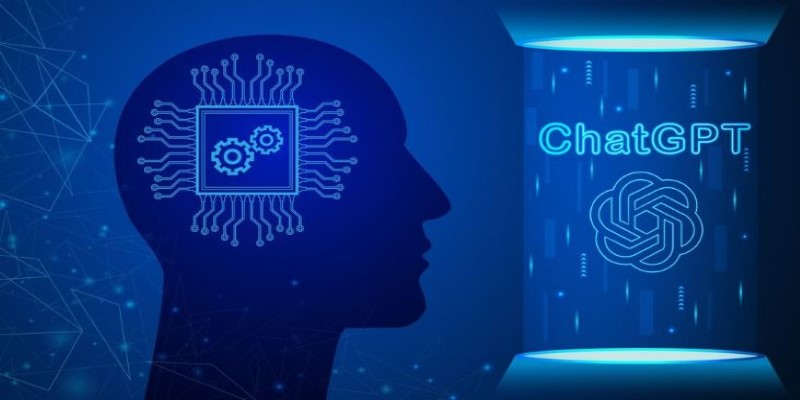
This lets you inform ChatGPT a few things about you: What you care about, how you want it to respond, and even what tone it should use (casual, serious, funny, etc). It's like training a smart assistant to "get" you better.
Here's how it works: When you launch ChatGPT, find the small gear icon (⚙️) in the bottom-left corner. Tap it, and then head to "Custom Instructions." You'll find a few questions, such as "What do you want ChatGPT to know about you so that it can give better answers?" and "How do you want it to respond?" Fill these out with brief preferences, such as "I'm a student who prefers quick answers in a relaxed tone" or "I'd like to assist in brainstorming video concepts for my YouTube channel."
From then on, ChatGPT will answer in a way that fits your style. It’s a small change that makes a big difference in how useful the answers feel.
Ever had to remind someone over and over again about the same thing? It’s annoying, right? With ChatGPT’s Memory feature, you don’t have to repeat yourself every time you chat.
Memory means ChatGPT can remember things you tell it—like your name, your job, your favorite topics, or even goals you're working on. Once something is saved in memory, the chatbot can use that info in future chats. So if you tell it, "I'm studying biology for a test next week," it'll remember that and tailor its answers to help you prepare.
To check what it remembers, go to Settings and click on “Personalization.” There, you can see what’s stored, make changes, or even clear the memory completely if you want to start fresh. It’s kind of like giving your chatbot a brain upgrade. Instead of starting from zero every time, it picks up where you left off—just like a real friend.
The name “Code Interpreter” might sound like it’s only for computer geeks, but don’t let that scare you off. This feature, now called Advanced Data Analysis, is way more useful than it sounds—and you don’t need to be a coder to use it.
Let’s say you have a spreadsheet with your monthly expenses or school grades. You can upload that file to ChatGPT and say something like, “Can you find the month where I spent the most money?” or “Which subject am I improving in the most?” ChatGPT will look at the numbers, analyze them, and explain the answer in plain English.
You can even ask it to create graphs or charts, break down trends, or help you spot problems. It’s like having a math tutor and a data expert rolled into one. To use it, you'll need the ChatGPT Plus plan (which gives access to GPT-4). Then, just start a new chat, upload a file using the paperclip icon, and ask away.
ChatGPT knows a lot—but without help, it doesn't know what's happening right now. That's where the Browse with Bing feature comes in. It lets ChatGPT search the internet in real-time.
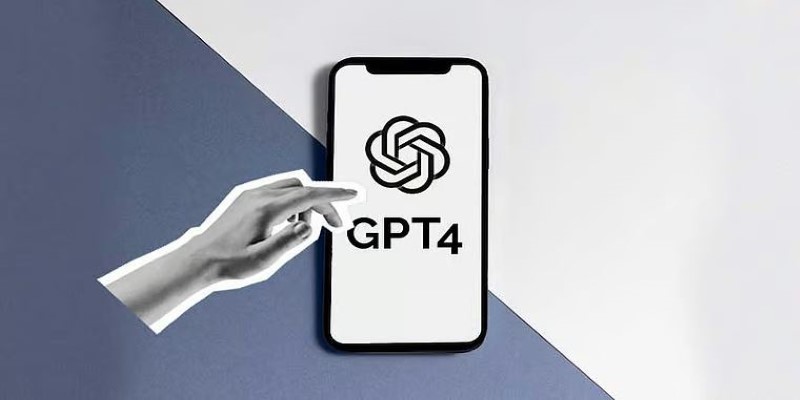
This is great for stuff like checking today’s weather, finding the latest sports scores, reading about breaking news, or even looking up recent product reviews. You can ask, “What are the top three phones released in 2025?” and ChatGPT will pull the answer from current websites.
To use browsing, make sure you're using GPT-4, and it's enabled in your settings under "Tools." Once it's on, just ask your question like you normally would, and ChatGPT will let you know it's searching the web for the answer. This tool turns ChatGPT into more than a chatbot—it becomes your smart search buddy that can do all the Googling for you.
Imagine if ChatGPT could order food for you, help book your next flight, or search academic journals. That’s not a dream—it’s real, thanks to plugins and GPTs.
Plugins are like little apps that you install inside ChatGPT. They connect to other services—like Expedia, Instacart, or Wolfram Alpha—to do tasks that regular ChatGPT can’t. So, if you're planning a vacation or doing a science project, a plugin can save you hours of research.
Then, there are custom GPTs—personalized versions of ChatGPT made by other users. Some GPTs are trained to act like cooking assistants, game masters, or coding tutors. Others focus on writing, design, or productivity. You can browse and install them from the GPT Store, which works kind of like an app store but for chatbots.
To explore these, again, you’ll need GPT-4. Once you’re in the chat, look for the “Explore GPTs” button in the sidebar. It opens up a whole new world of possibilities.
ChatGPT is a lot more than just a question-answer machine. With tools like Custom Instructions, Memory, Advanced Data Analysis, Bing Browsing, and Plugins, it can be a personal assistant, study helper, creative coach, and data wizard—all in one place. Most people don’t use these features, but once you try them, you’ll wonder how you lived without them.
Advertisement

Explore how GANs are revolutionizing AI with synthetic data and transforming industries.
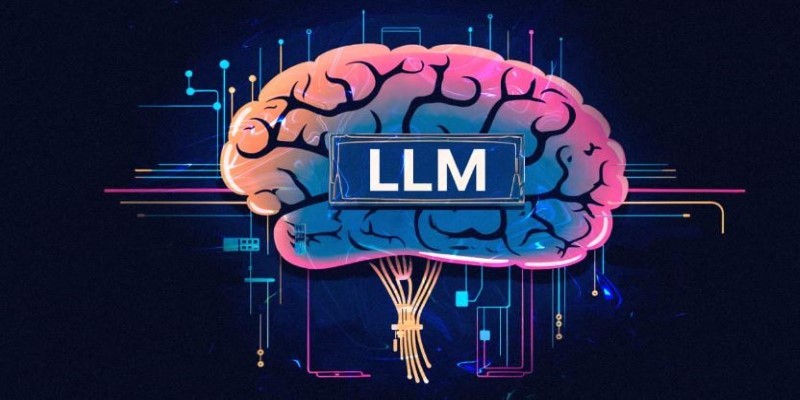
LAMs (Large Action Models) are the next evolution after LLMs, built to take actions instead of just generating text—but they still have a long way to go
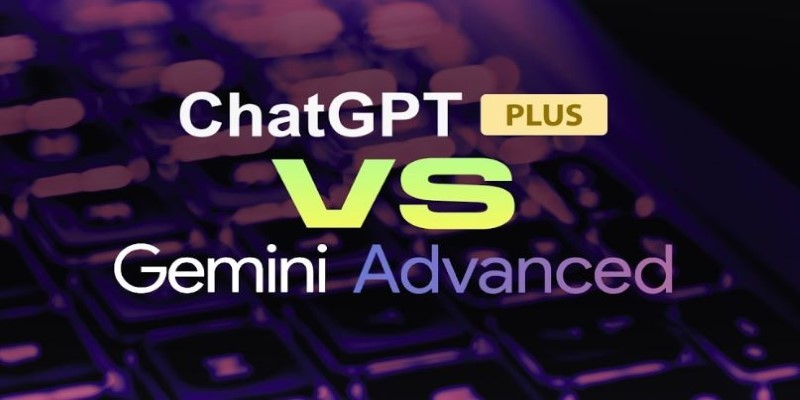
Curious about Gemini Advanced vs. ChatGPT Plus? This friendly guide compares both AI tools in writing, coding, speed, and everyday use to help you pick the right one

Explore how curiosity shapes AI, fostering adaptive, intelligent, and innovative systems.
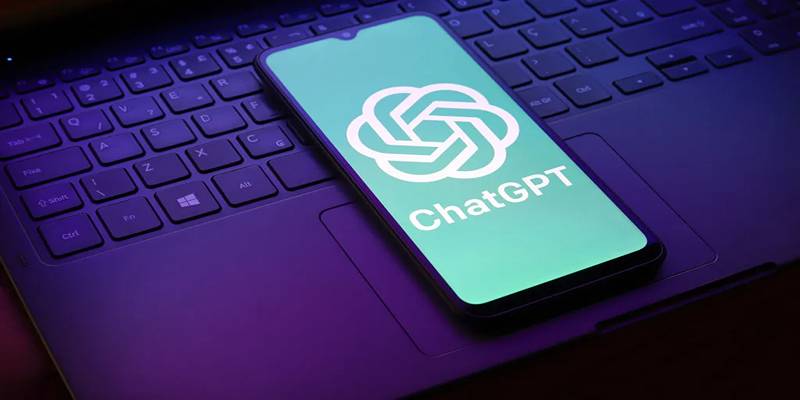
Customize ChatGPT into a Gen Z chatbot with opinions, slang, and style using OpenAI’s newest personality features.

AI tools are facing a training data shortage, but 6 creative solutions—like synthetic data and federated learning—are keeping them on track

Find out the most essential AI tools for students in 2025 that make writing, math, time management, and studying easier than ever. Boost your learning with smart apps

OpenAI’s new model writes human-like content and helps users create stories, blogs, and poems with a natural flow.

Curious about how to quickly access ChatGPT on your Android device? Discover how to set up the ChatGPT widget and enjoy seamless AI-powered conversations anytime.
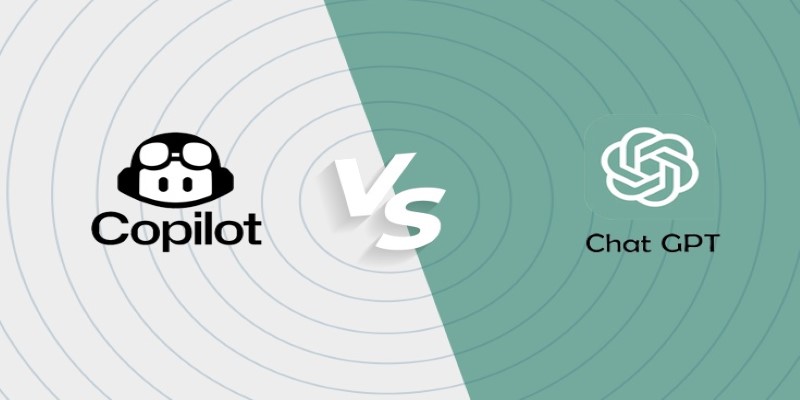
GitHub Copilot vs. ChatGPT — which one is better for programming tasks? Here's a simple breakdown of what each AI tool offers to coders, from beginners to pros
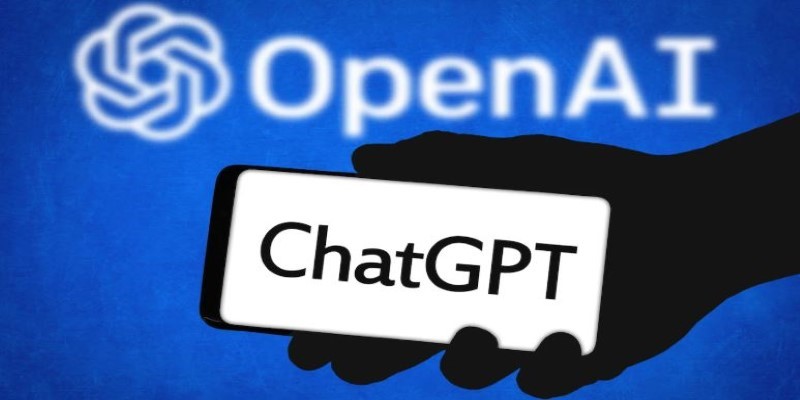
Wondering if ChatGPT plagiarizes? Learn about how ChatGPT generates text, its sources, and how you can use it responsibly without crossing into plagiarism
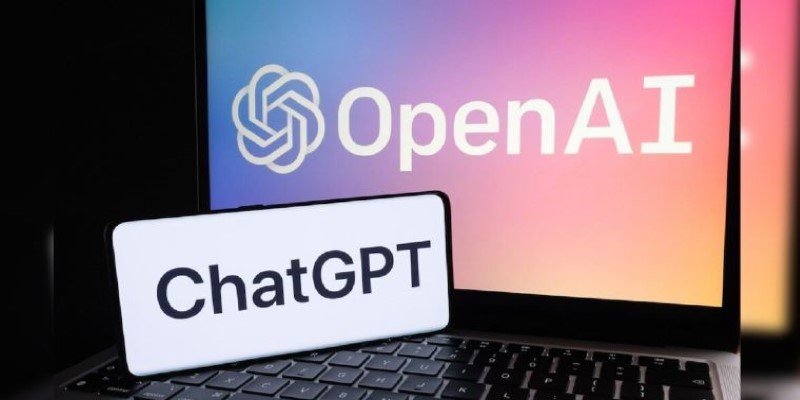
Worried about downloading the wrong app? Here's how to spot fake ChatGPT apps on the Apple App Store and make sure you're using the official version